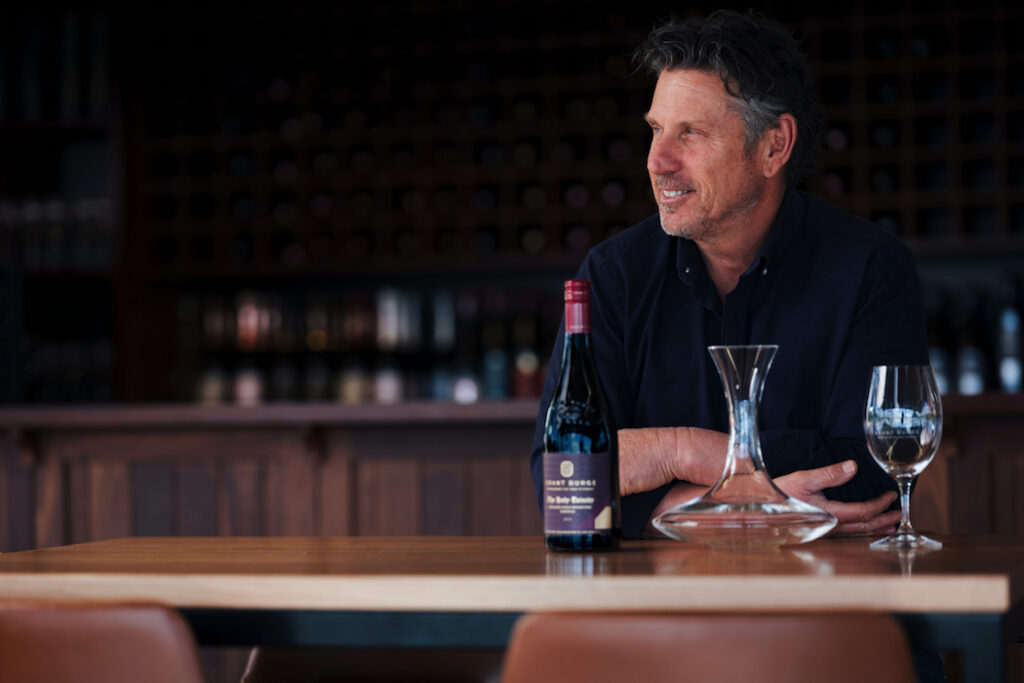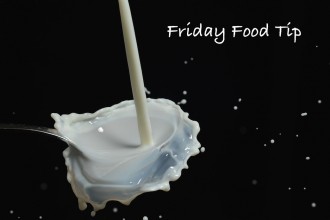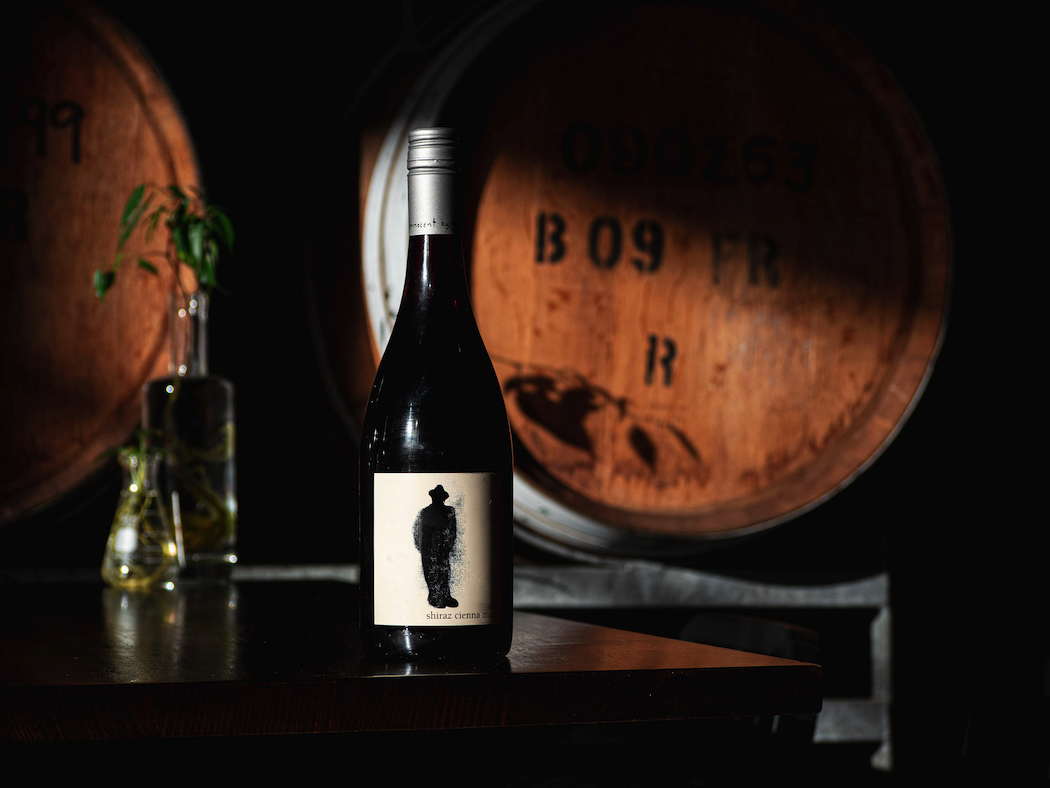
Just as Aussies are keen to try different cuisines, so too are they eager to embrace what the industry describes as ‘alternative’ varieties of wine. In fact, the stranger the variety, the keener people are to try it, if you ask Ballandean Estate’s Leeanne Puglisi-Gangemi.
In 2019, I talked to Leeanne about the Strangebird wine trail that Ballandean and other wineries on Queensland’s Granite Belt have introduced to promote their alternative varieties.
“Back in the 70s, Mum and Dad had to plant varieties Australians would drink and that was Shiraz, Chardonnay, Semillon, Riesling and Cabernet,” she said. “Now, 50 years on, the weirder the name, the more people want to put it in their mouth.”
For many years, Spanish and Italian varieties were almost unheard of in Australia as winemakers focused on varieties traditionally produced in France and Germany.
In the 1970s, all of that began to change as enterprising winemakers looked for alternatives, sometimes driven by the desire to produce something novel, sometimes for more practical reasons such as finding a variety more suited to local growing conditions.
Mark Lloyd, of Coriole, began producing the Italian variety Sangiovese in South Australia’s McLaren Vale back in the 70s. By the 90s, Garry Crittenden, of Victoria’s Dromana Estate, was getting into Italian varieties in a big way.
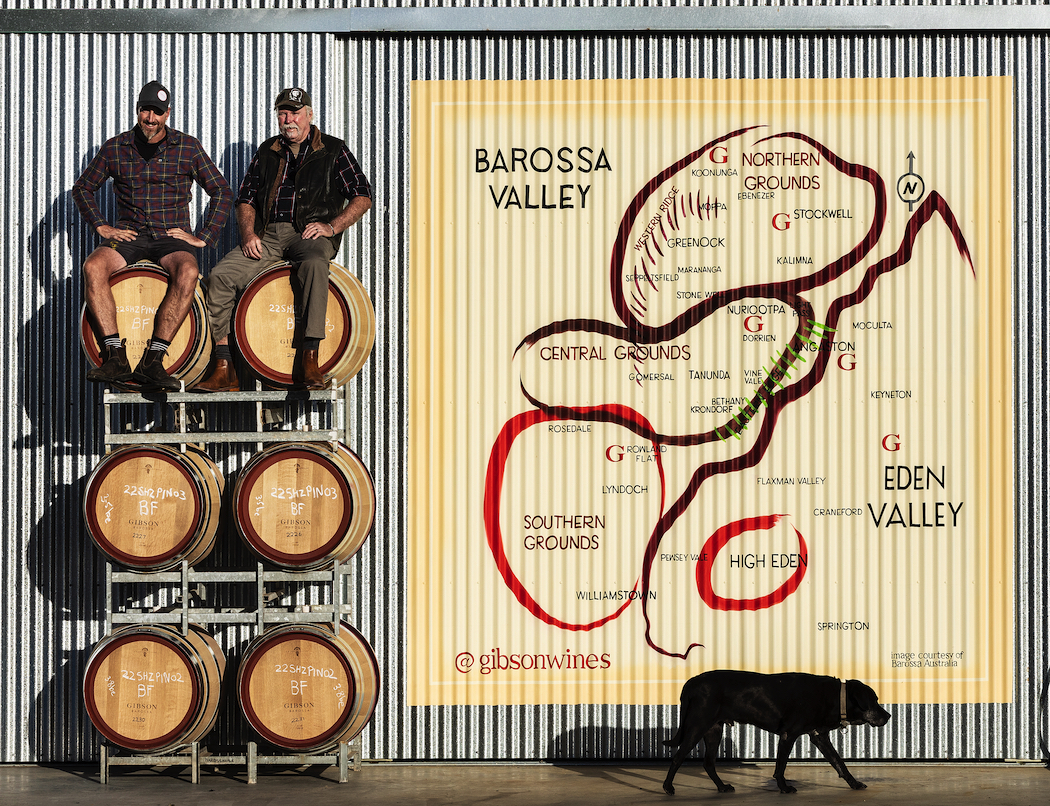
And if there’s one couple you can really thank for the diversity we now have it’s Bruce and Jenni Chalmers, who planted a vineyard near the Murray River in the mid 80s and began importing grape varieties and clones, which they propagated and disseminated to growers all over Australia.
Many of the varieties now seen on restaurant wine lists are thanks to them. Vermentino, Fiano, Nero d’Avola, Lagrein, Sagrantino … if it’s not an old-school variety, there’s a good chance it’s one they introduced.
Bruce Chalmers was one of the instigators of the Australian Alternative Varieties Wine Show, first held in Mildura more than two decades ago. Aimed at shining a spotlight on lesser known varieties, it has proudly seen some varieties (like Pinot Gris/Grigio and Durif) now out of the show because they have become mainstream.
Climate change a factor
Climate change is a big factor in viticultural experimentation. The white Italian variety, Fiano, is suited to warm climates, requiring much less water. It’s now planted as far afield as the Granite Belt (Qld), the Hunter and Hilltops (NSW), King Valley (Vic), McLaren Vale (SA) and Margaret River (WA).
For many, innovation is also about having a point of difference. In 2018, Ballandean Estate took its 2015 Saperavi to Georgia, where the variety originated, and it came third in a world competition.
“We grow awesome Shiraz, we make a terrific European-style lighter Shiraz, but will I ever be named third in the world with my Shiraz? Probably not,” says Leeanne Puglisi-Gangemi. “We’ve already done that with Saperavi.”
Having recently returned from Georgia – which remarkably, has more than 500 indigenous varieties – I know there are many more ‘alternative’ varieties of wine waiting to be discovered.
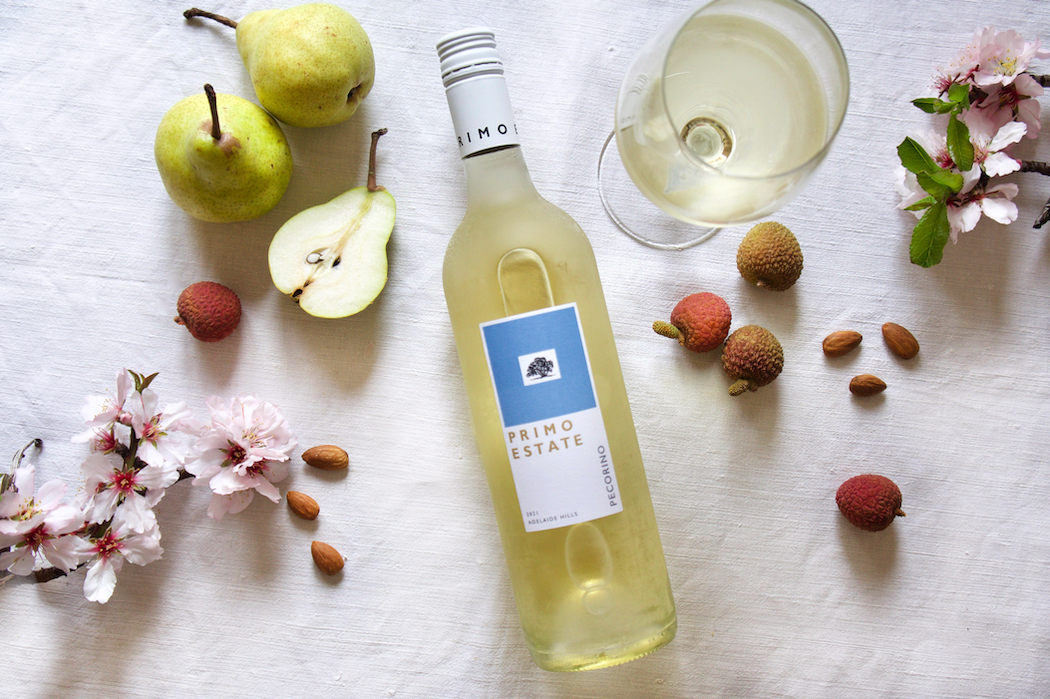
Primo Estate 2023 Pecorino, $30: Pecorino is not only a cheese, it’s an ancient Italian grape variety from Le Marche, the birthplace of Primo Grilli, founder of South Australia’s Primo Estate. It’s a wonderfully fresh, easy-drinking white that goes perfectly with seafood and salads. Delicately aromatic with floral and almond notes.
Discovery Road by Gibson 2023 Fiano, $29: Another white that’s very easy to drink, Fiano originally hails from southern Italy and Sicily. Gibson Wines has been making it for a while but this, its sixth release, is the first it has made purely from Barossa fruit. Beautifully aromatic and flavoursome with pineapple and melon notes, great texture and a mineral acidity that complements both creamy and spicy dishes.
Discovery Road by Gibson 2023 Graciano Rosé, $29: Made from Graciano, a Spanish variety, this crisp and refreshing wine is a delicate pink colour with sweet/spice aromas and subtle flavours of strawberry and raspberry, finishing dry. Enjoy it alfresco, on the deck or around the barbecue.
Innocent Bystander 2022 Shiraz Cienna, $20: Cienna is a hybrid variety that was developed in Australia in the late ‘70s. A cross between Cabernet Sauvignon and Spanish variety Sumoll, it bursts with flavours of ripe cherries and summer berries, infusing this Yarra Valley Shiraz with sweeter, softer notes. It’s the first time Innocent Bystander has used Cienna and guaranteed it won’t be the last. Enjoy with crispy skinned duck and spicy plum or cherry sauce.
Primo Estate 2022 Nero d’Avola, $27: Originating in Sicily, Nero d’Avola thrives in the warm maritime climate of McLaren Vale. The result is a big, rich yet elegant red with plum and cherry notes and hints of licorice and pepper that make for beaut drinking.
These reviews originally appeared in PS News.
**Enjoy more of our wine posts and recommendations here.**

